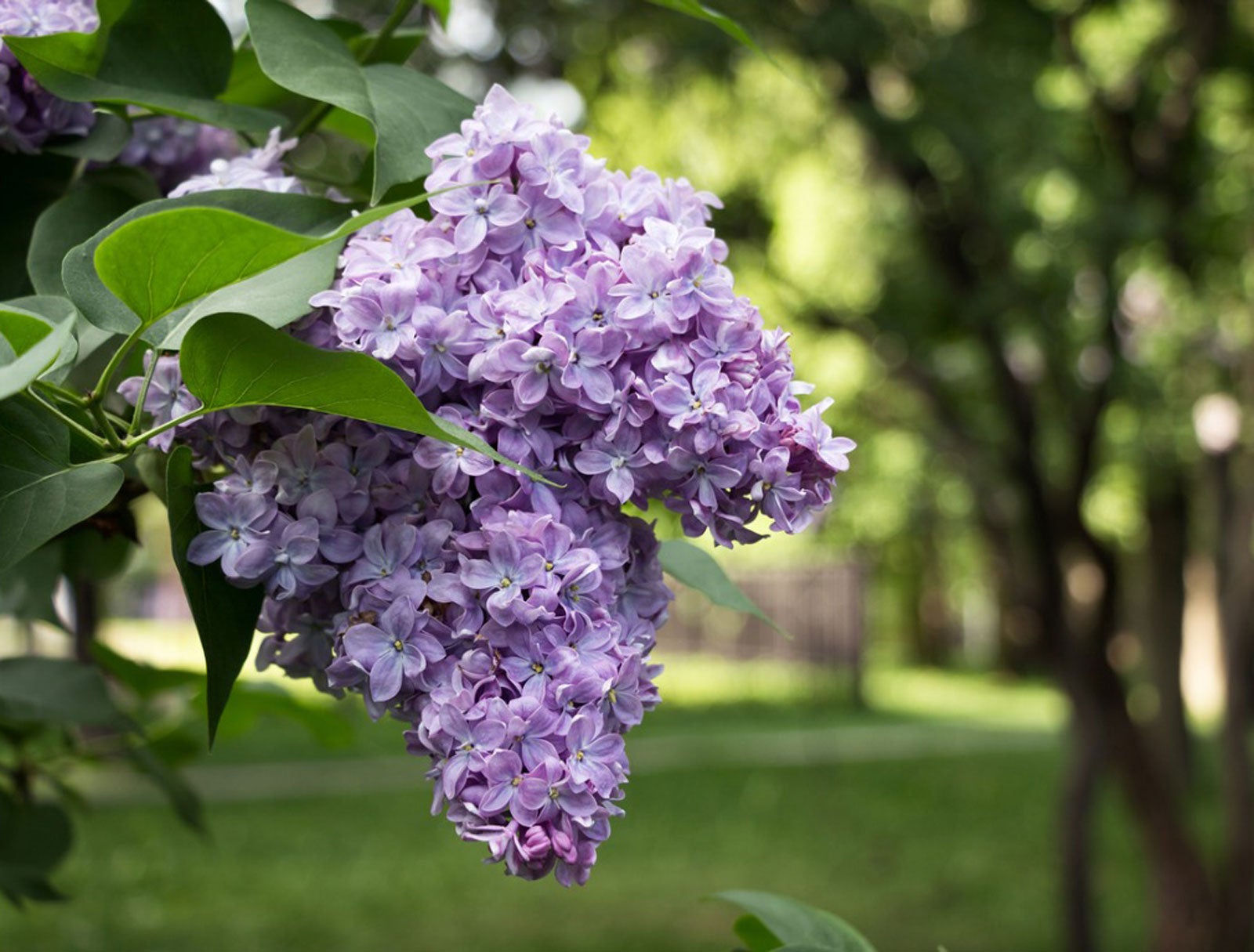Lilac Bush Is Not Blooming – Why Won’t My Lilac Bush Bloom

Caroline Bloomfield
With their conical clusters of tiny, tubular flowers in a range of colors between white and purple, intensely fragrant lilac blooms lend a sense of sweet nostalgia to a garden. While lilac shrubs are fairly easy to grow and maintain, there may come a spring when you find yourself asking, “Why is my lilac not blooming?”. It happens.
When a lilac bush is not blooming, it means there are a few things to investigate, so let’s explore the issues.
Why Won’t My Lilac Bush Bloom?
There are several possible answers to this question, but pruning may be the key. Lilacs bloom on last year’s growth, so it’s important to prune them immediately after they’ve finished blooming in spring. If you wait until summer, fall, or winter to prune a lilac, you could be removing buds that would otherwise bloom the following spring.
Try to do just a light pruning right after the spring bloom. A drastic pruning of lilac will delay the next bloom, so just thin out the oldest and thickest branches, and trim inner branches to allow sunlight to penetrate through the bush.
Consider the age of your lilac bush, which may have grown into a tree by now. The lilac’s best blooming takes place on younger wood. Blooms can be sparse if your lilac consists primarily of aged old wood. You may need to do a rejuvenation pruning of an older lilac and wait two or three years to let it come back to full bloom.
Other Reasons Lilac Bush is Not Blooming
Your next step is to check on your lilac’s growing conditions.
Lilacs want full sun, which means about six hours a day of sunshine. Even if your lilac is in partial shade, it’s not going to do as well, so be sure other trees aren’t blocking its sun.
Sign up for the Gardening Know How newsletter today and receive a free copy of our e-book "How to Grow Delicious Tomatoes".
Mulching around your lilac shrub helps to control weeds and keeps the roots from drying out. In dry weather, it’s important to water a lilac regularly. However, lilacs thrive in well-draining soil and don’t like soggy, wet roots.
If you’re fertilizing your non-blooming lilac, stop. Over-fertilized lilacs will grow lots of luscious greenery, but won’t give you the flowering you’re hoping for. Lilacs don’t require much in the way of fertilizer except for, perhaps, a light feeding in spring. If you’re regularly fertilizing other plants or fertilizing a nearby lawn, your lilac may be getting more food than it wants. Adding phosphorus, like an application of bone meal, to your lilac’s soil will help.
Lilacs can be subject to scale insects and borers. Examine your bush’s leaves and stems to determine whether you need to do a renewal pruning. Cutting away the problem areas will usually resolve the problem.
When a Lilac Bush Never Flowers
There are several lilac cultivars that won’t bless you with blooms for five or more years after planting. If you have a young lilac, patience may be your only solution until the bush matures and grows strong enough to produce blossoms.
Even dwarf varieties can take up to a couple years to work up a bloom, so nurturing and providing the proper support for your lilac while it’s young will pay off later.
How and where you initially place your lilac bush is the best insurance for beautiful blooms, so plan ahead for a sunny, well-drained spot, and stay on top of spring pruning for beautiful, fragrant lilac blooms every year.
- Caroline BloomfieldManager of Marketing Communications